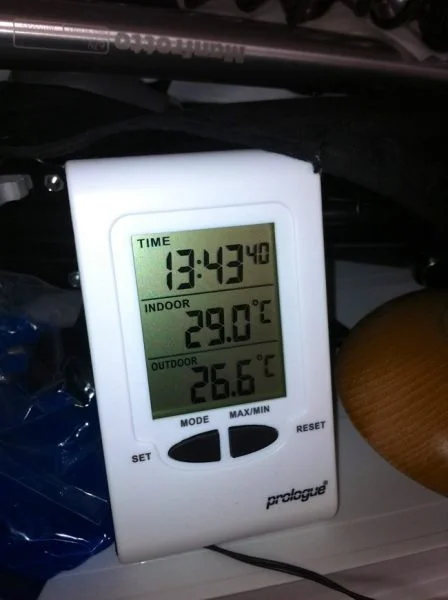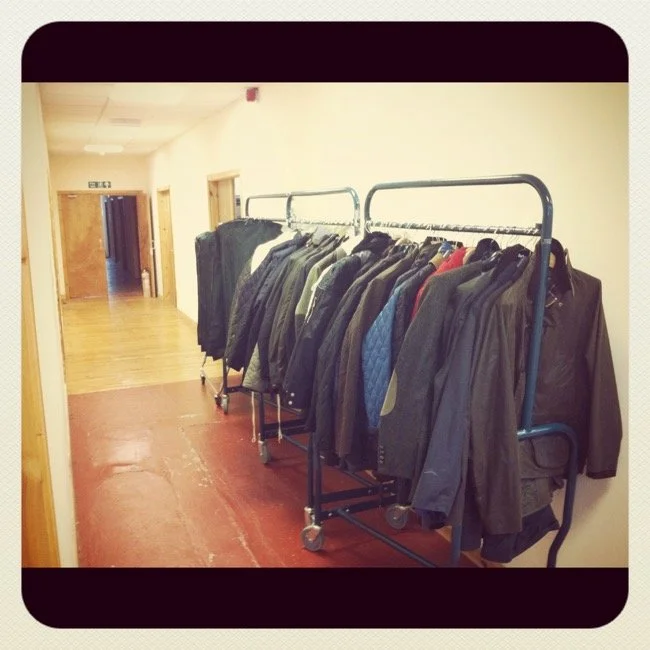How I got here 5: The studio years.
On the 1st May 2011, I took possession of a lease on a small, 400 sq. ft industrial unit in a converted clothing factory – aptly named The Clothworks. It was a spartan space, devoid of personality, character, windows or temperature control. Summer temperatures quickly reached 35 degrees due to the sun radiating straight through the bare corrugated steel roof, and in the winter months, they plummeted to almost-zero causing the water in the kettle to start freezing overnight at one point. I quickly realised that this environment wasn’t ideal to store thousands of pounds worth of camera equipment & expensive computers, but had to battle on regardless. My main Mac computer suffered from condensation forming on the inside of the screen, which never really went away through the winter months. To try and combat the cold and damp, I bought several heaters, including a small industrial model which was on 24/7, but had to cut it off when I discovered it had melted the wall socket. My first winter electricity bill was almost £700 for the quarter. Plain daft.
The requirements of setting up a studio space are detailed in this previous post, but suffice to say it cleared me out completely. Deposits, advance rent, insurance, storage, installation of telecoms, and making the space look ok took all my spare cash. The landlord had a lovely, refurbished, small unit to let out in the future though. He was actually a guy called Tony Brookes – the owner of The Head of Steam Group – running pubs like The Cluny in Ouseburn. Tony is actually a very nice bloke, and I always got on really well with him. By mid May I was ready for action with the upcoming Spring Summer 12 Barbour collection. Most of the gear was being shot flat on white boards, with a few things being done on mannequins. I had to buy a big guy and gal for that purpose. My business model was based on a pricing-per-image model, and needed a fast turnover of stock to have any chance of surviving, as my main costs were all fixed. Styling was costing about £300 a day, so with all the other costs including rent, power, outsourced post-production etc I needed to output about 55 images a day just to break even. My first few days came in at around 20-30 a day. Panic ensued in my mind as I started running up a hefty overdraft.
Eventually, as the campaign ramped up, and samples started coming in, I could breathe a little easier. A rail of 60 jackets and two boxes of knitwear would mean 180 finished shots for the day – netting about £1300. Bloody hard work, with 18 hour days as normal, but it spurred my cashflow on. The industry-wide price for clothing packshots was about a tenner an image in those days, and I often think I’d sold myself way short. Anyway, the whole thing finished in about 9 weeks, and business suddenly ground to a complete halt. There was 4 months to the next campaign starting, and I reviewed the situation. I had an issue with security – leaving thousands of pounds worth of gear in a corridor, with practicing bands going in and out all day. There simply wasn’t enough room to keep rails of stuff inside. I needed a bigger space. Luckily, the printing firm at the other end of the building moved out of the biggest room in the place. I took it.
Unit 16 was 3 times the size, double the cost, but still devoid of temperature control. It seemed to be more damp than the small unit, and needed to be decorated from scratch again. I planned the space from start to finish this time – and created different zones for different uses. After the walls were painted, and floor sanded/varnished, the entire wall around the door was used for the storage of everything I had. There were tall shelves, hooks for hanging things, and book cases full of boxes for organisation of accessories. I even utilised the girders to put lighting bags, and paper rolls on. One wall was designated as the admin and post production suite, with tables and chairs, two iMac computers, backup storage, phone and broadband routers, corkboards, and the essential kettle, espresso machine, and microwave. Opposite that was the styling area – replete with a newly purchased army of mannequins in all sizes. The winter campaign was moving back to mannequin shots, so I needed to get set. I also had two pro-steamers, and all manner of gizmos relating to fabric. there were also long clothing rails, a million hangers, and a mirror surrounded by lights just in case of visits by models. The rear half of the room was devoted to shooting in 3 zones – the main scoop, which was constructed from huge sheets of thin plywood screwed to the floor and wall, a product table, with lights attached to autopoles and the steel girders, and a headshot/half body shot zone, with grey panel backdrops attached to the wall. I agreed to pick up and drop off shipments of clothing, but needed to upgrade my poxy old Renault Clio. “The Beast” was born – a bloody massive 4WD Mitsubishi Challenger, Japanese Import – A 20mpg behemoth, which took over £100 of diesel per fill-up. It cost me £2500 to buy, and cost me £8000 in essential repairs over the next 3 years including the replacement of the entire driveshaft system. What a mug. It even conked out on the West coast of Scotland during a week’s holiday – resulting in an 8 hour stopover at the only garage open on a Saturday, and a £600 bill. Some taxi-driver from Amble bought it, and still has the thing on the road – S995 UTD is the reg – keep an eye out for it with the bonnet up at the side of the A189. To mark the opening of “Clothworks Studio”, I took a self portrait using coloured gels and some of the mannequins. A beauty.

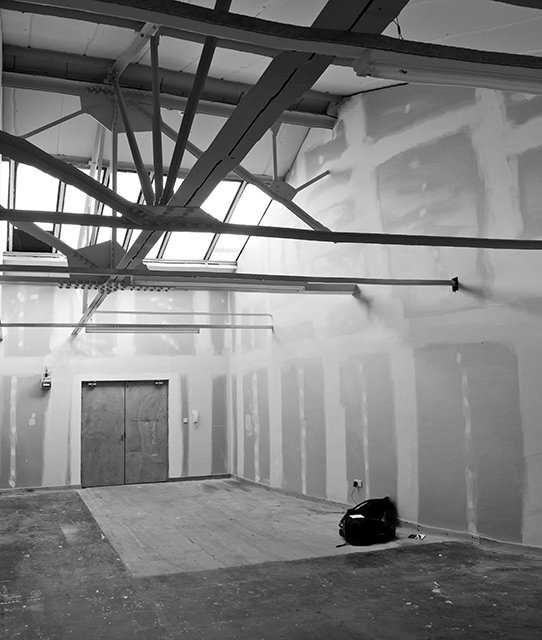
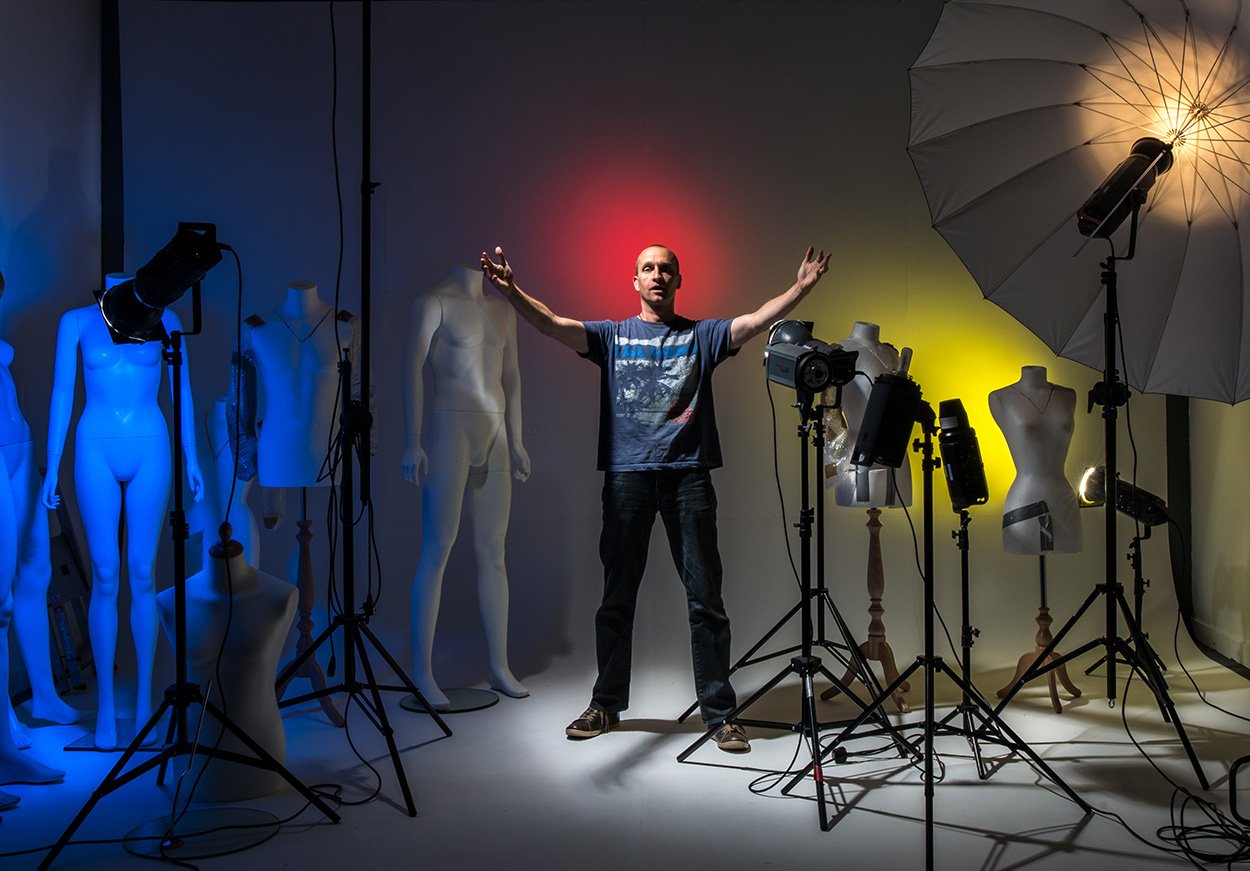
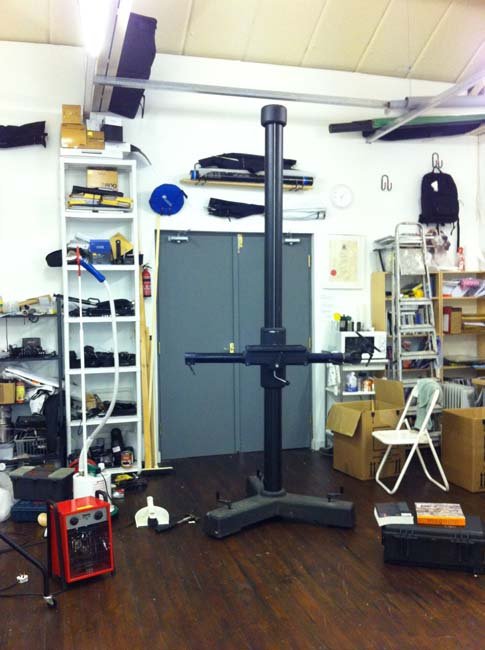
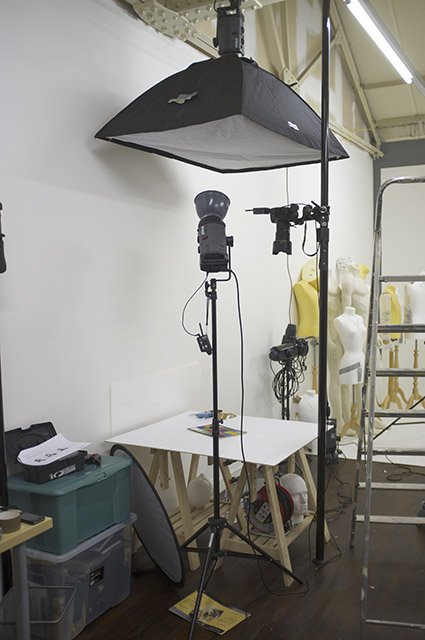

The next 3 years flew by, with regular campaigns which lasted about 3 months each during the late Spring and late Autumn. In between these times, there was literally nothing going through the studio, and there was the main problem. I’d let my other revenue streams slide away in order to fulfil the Barbour workloads, and allowed myself to relax once the strain was off. The strain was real however. There were weeks when I clocked up close to 110 hours in the studio – leaving at 1am for maybe three hours sleep before getting up at 5am for the journey back to Heaton to start another gruelling day. Turnover grew year by year, but so did the accompanying costs, which were all payable upfront. There was always a time of extreme stress between doing the work, and getting paid, during which I’d run up debts of over ten grand until those precious invoice payments arrived. In retrospect, I could have made a concerted effort to look for other customers to fill in the quiet times, but I’m not sure I could have endured more than short bursts of the intense sessions without breaking down (or employing staff). It’s hard to convey to people who have worked in normal jobs (with holidays and weekends-off, and sick pay), the feeling of dread associated with the arrival of 100 pairs of shoes, 100 jumpers, a box of tassled scarves,and 50 jackets at 4pm on a saturday afternoon, with nobody to help you style them, and being asked to get them back to base by the following morning to go into a display. The next 3 images put a bit of the feeling into frames.
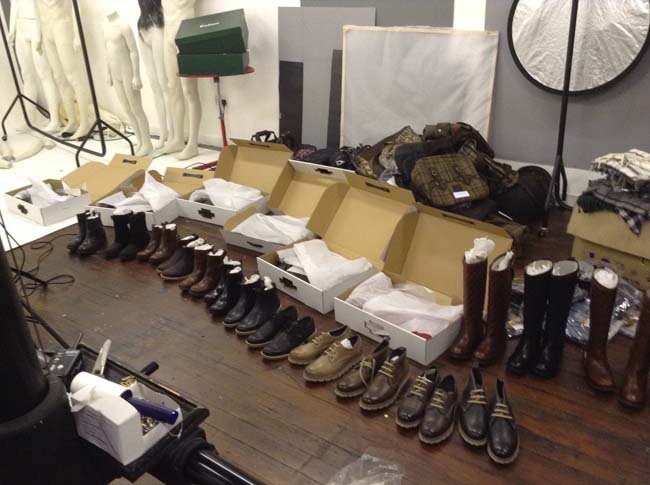
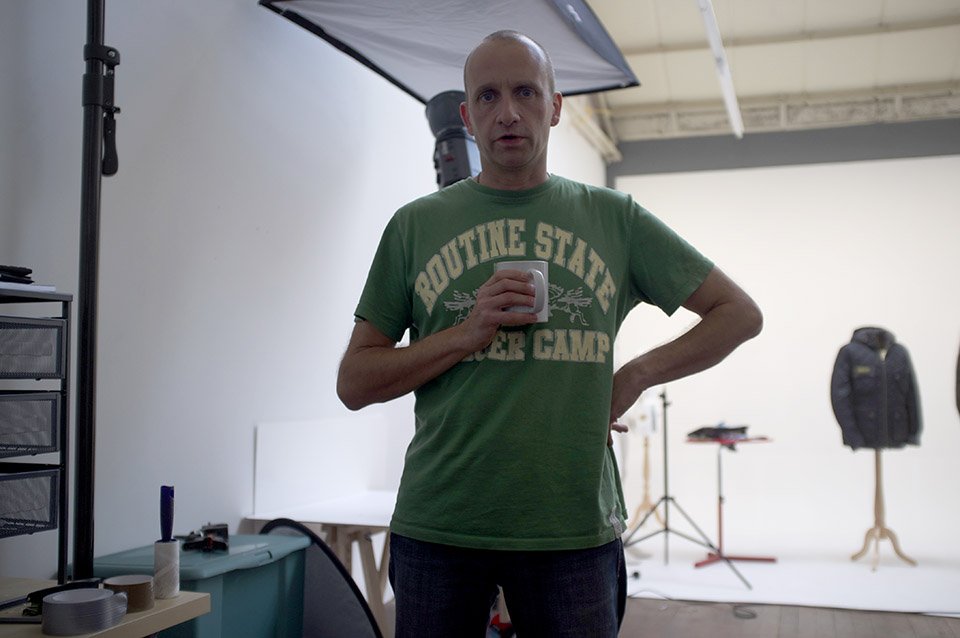
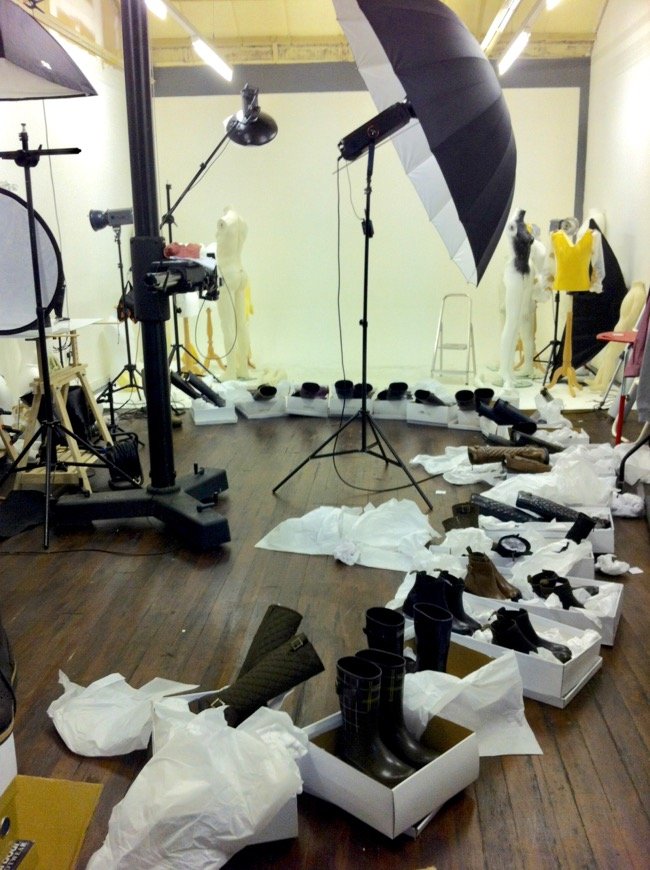
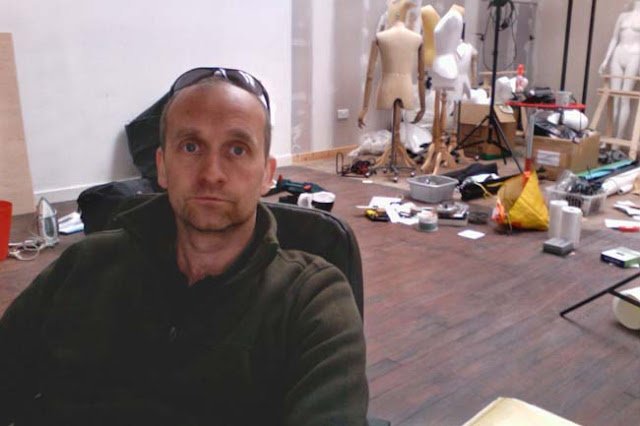
I did some of my best work during this period – stuff I’ll always be very proud of. It wasn’t all stress and intense pressure all the time, and there were shoots involving props, built sets, models, etc which were a pleasure to do. Having a studio sets you apart from the hundreds of thousands of Joe’s with a camera, who call themselves professional. Opening the door, switching on the lights, and getting on with the tough stuff was the best thing ever, and I do miss the feeling of being there. I worked with some lush people, not just in the clothing packshot side of things – I shot families, model headshots, personal projects, the nippers, adverts for companies, all sorts of stuff. I invested in higher resolution equipment, new lights, and a car which could be turned into a van by removing the rear seats. It felt like I was moving up the ladder progressively. The following selection gives a general idea of the stuff that happened in the studio…..until one day in May 2014….
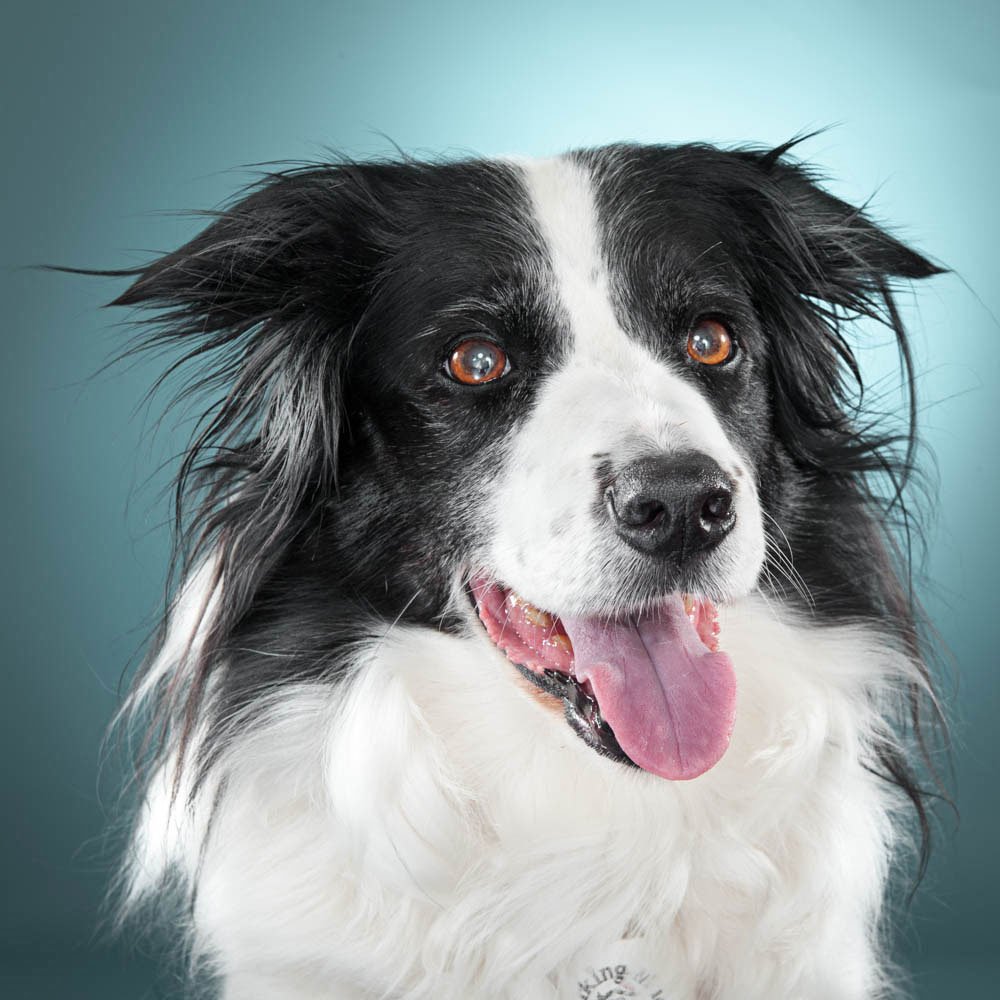

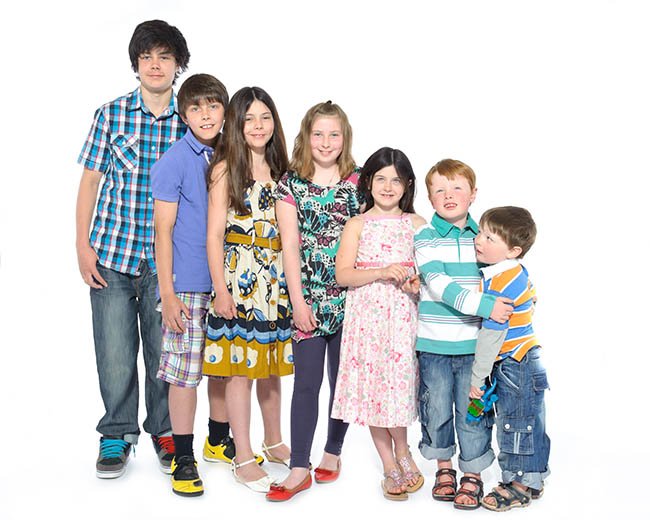
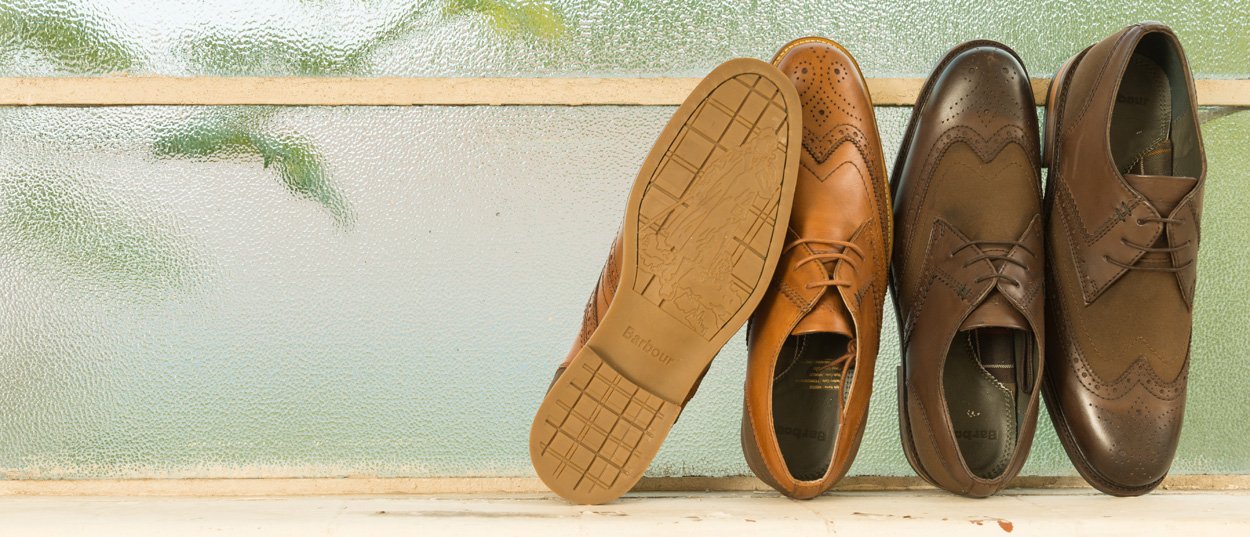
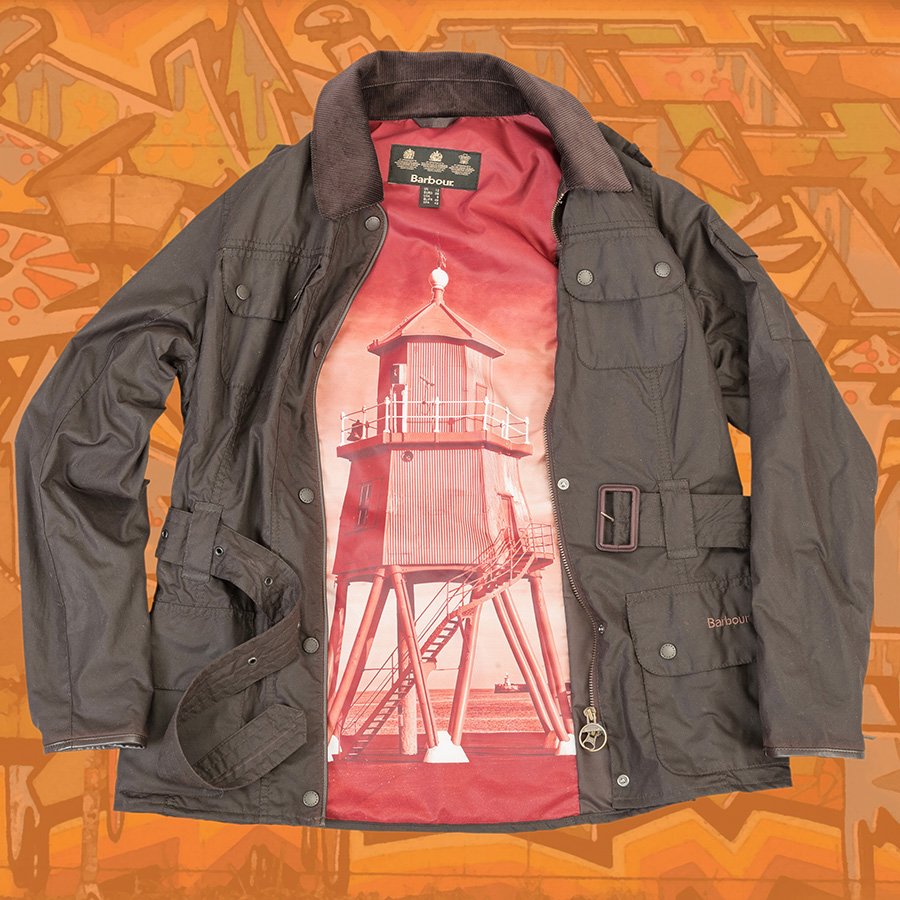



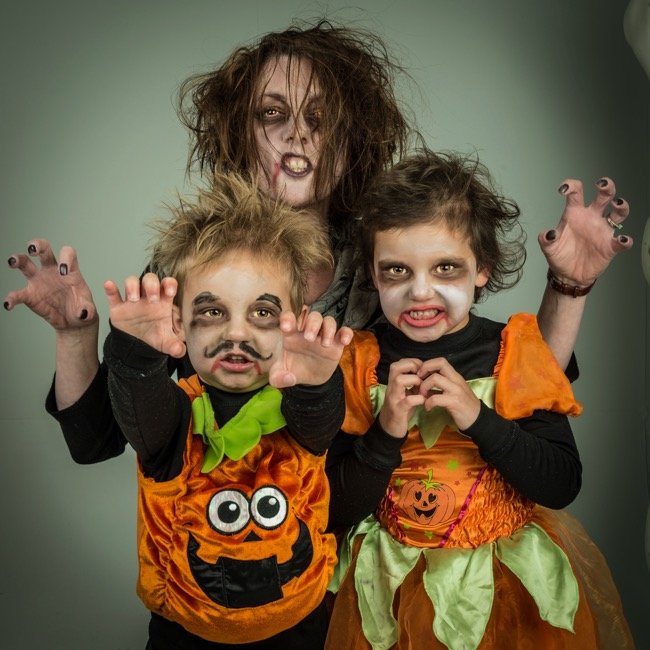

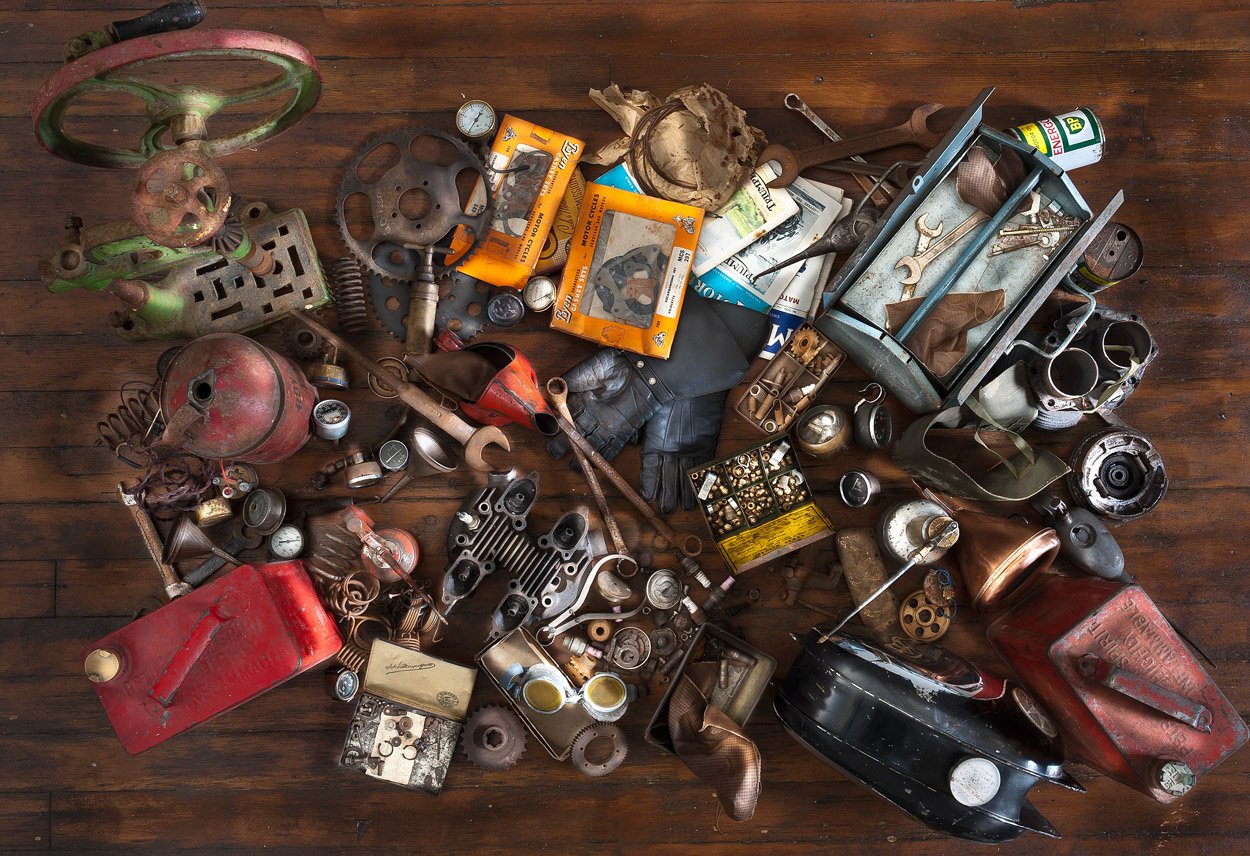
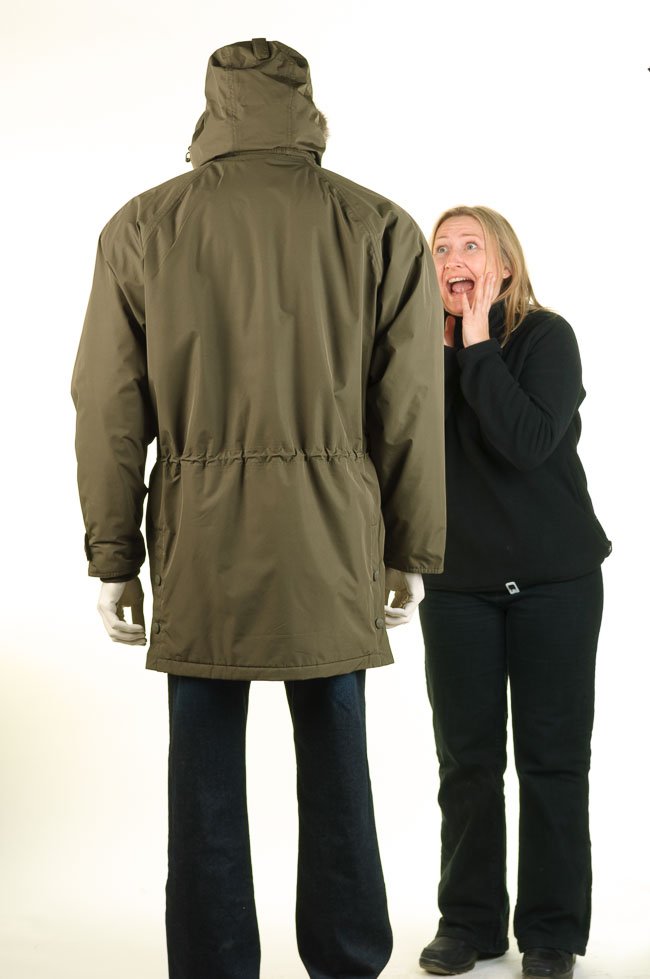
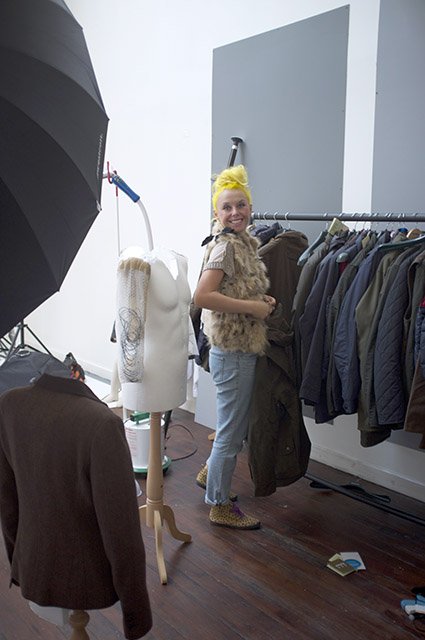
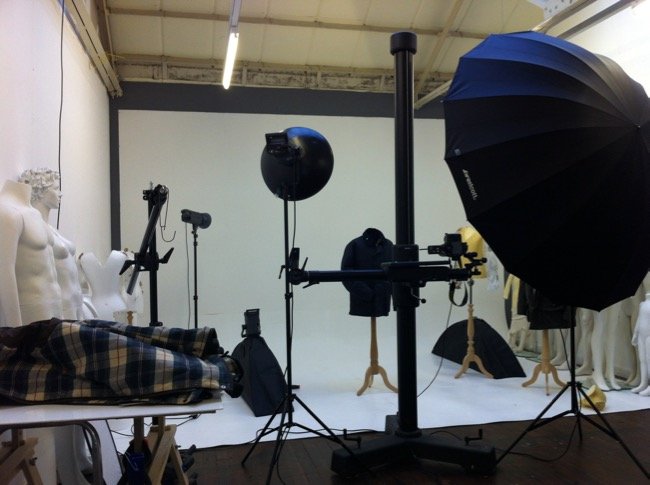
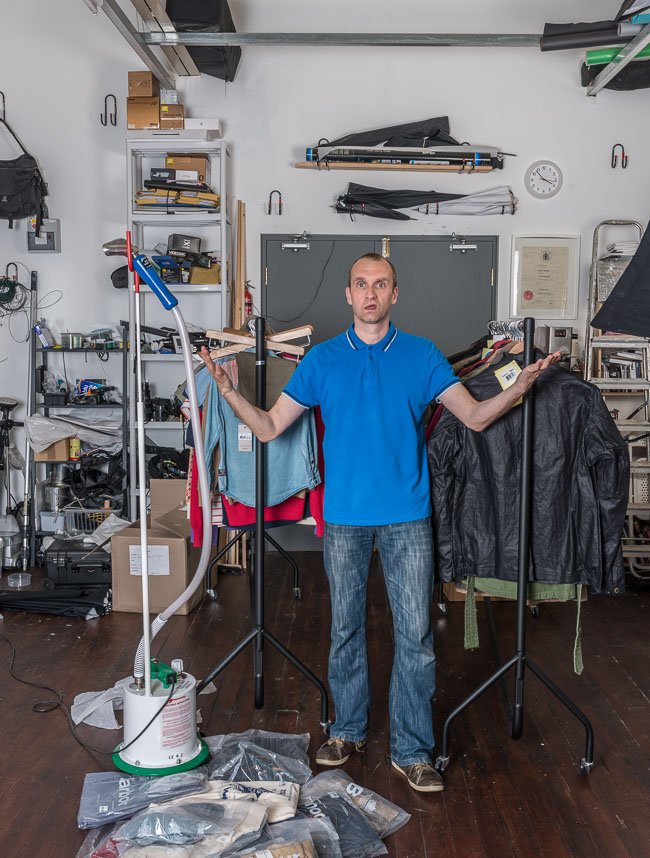
Like they say “All good things must come to an end”, and on the 19th May 2014, my end came in the form of an Email from my main customer, advising me that they’d been given the authority to create an in-house studio to handle their own photography. I had one more campaign to shoot, and that was to be that. I knew that it wouldn’t last forever, but I wasn’t expecting it to happen so quickly. I had to either find new customers requiring clothing packshots, or take a different route altogether. I did a bit of research into the market, and contacted some agencies, but nobody even responded. They never do – you have to know the people. With another lease agreement looming, and an increase in rent & power charges, I knew that I didn’t have the resources to last a year in order to start afresh, and decided to let the space go. Gutted. The one thing I wasn’t going to miss was the Death Metal band who regularly practiced in the unit next to me. These guys spent hours thrashing out this stuff – sometimes until 3am. I had to buy some Bose noise-cancelling headphones just to stay sane when working. The stuff on the shelves would sometimes fall off due to the massive vibration caused by the music.
It took a month to wind down the studio during July 14. It had to be emptied completely. I ended up burning most of the mannequins, as nobody wanted them. I had nowhere to store many of the books and trade publications I’d collected, so in the skip they went. I tore down the scoop and backgrounds, and used the car to get stuff to the tip. My essential gear went into a small storage unit, which ironically cost almost as much as the studio itself! They get you all ways until you’re bled dry. I moved out on the 1st August, leaving behind a legacy of hard work & achievement which I’ll always be proud of. I taught myself so much during those 3 years in the cramped, suffocating environment of The Clothworks Studio. It was a terrible space, but it was my space, and I’m sure that before I’m finished, I’ll have another dedicated place in which to work. I shot a video of the final time I switched my clock-in to “out”. A sad day indeed.
It was the second week of the school holidays, and the sun was shining. I drove home, went into the garden, and gave the kids a big hug. Mam went to work for the afternoon, and I took the nippers down to our secret river for a picnic and plodge. I didn’t want to be at work for 18 hours a day, especially as I was always on the edge of a financial precipice with delays between doing the job and getting paid for the job. It was time to look at the really important things in life again, and plan a future which gave me plenty of time to spend with the kids doing stuff like this:

